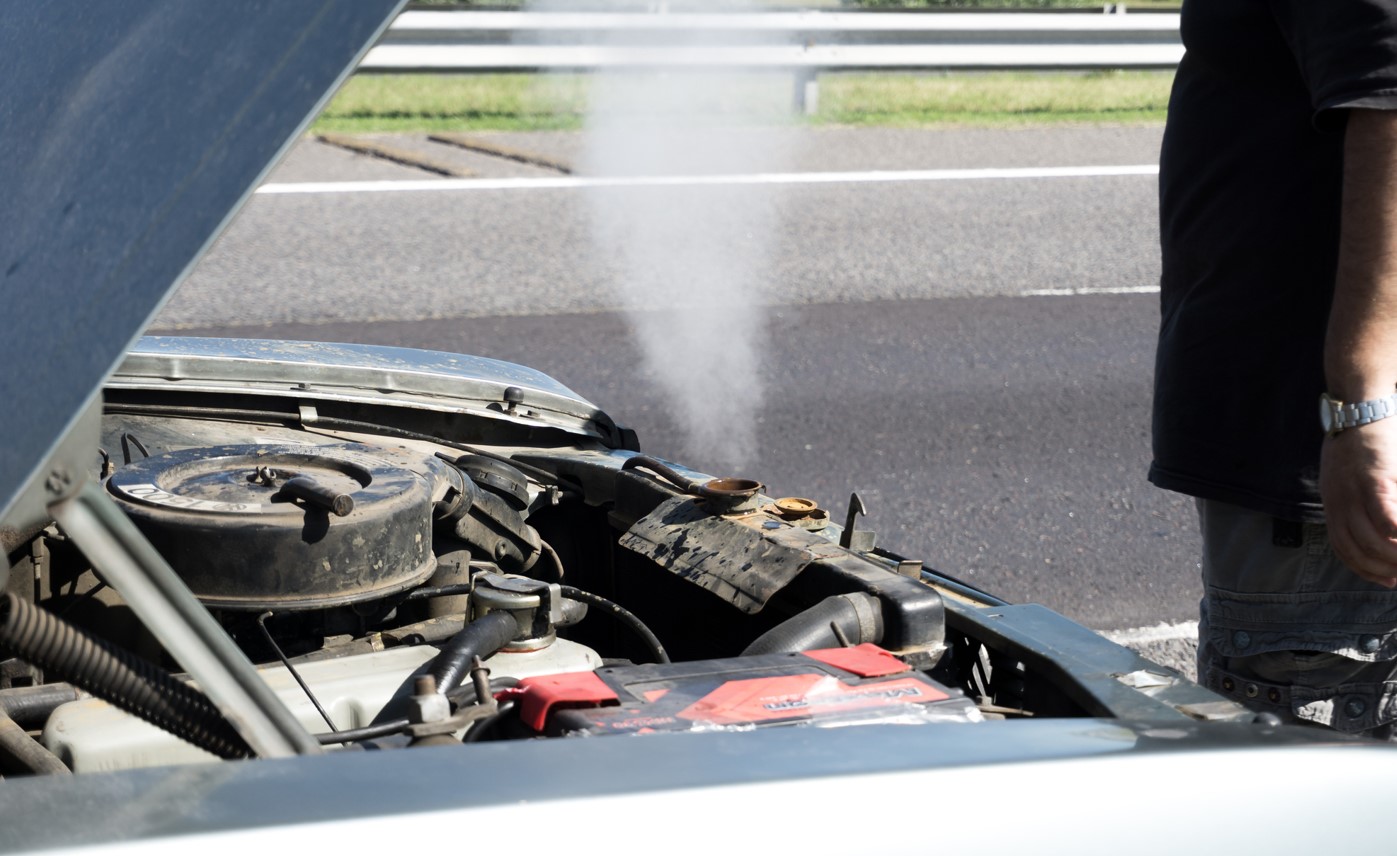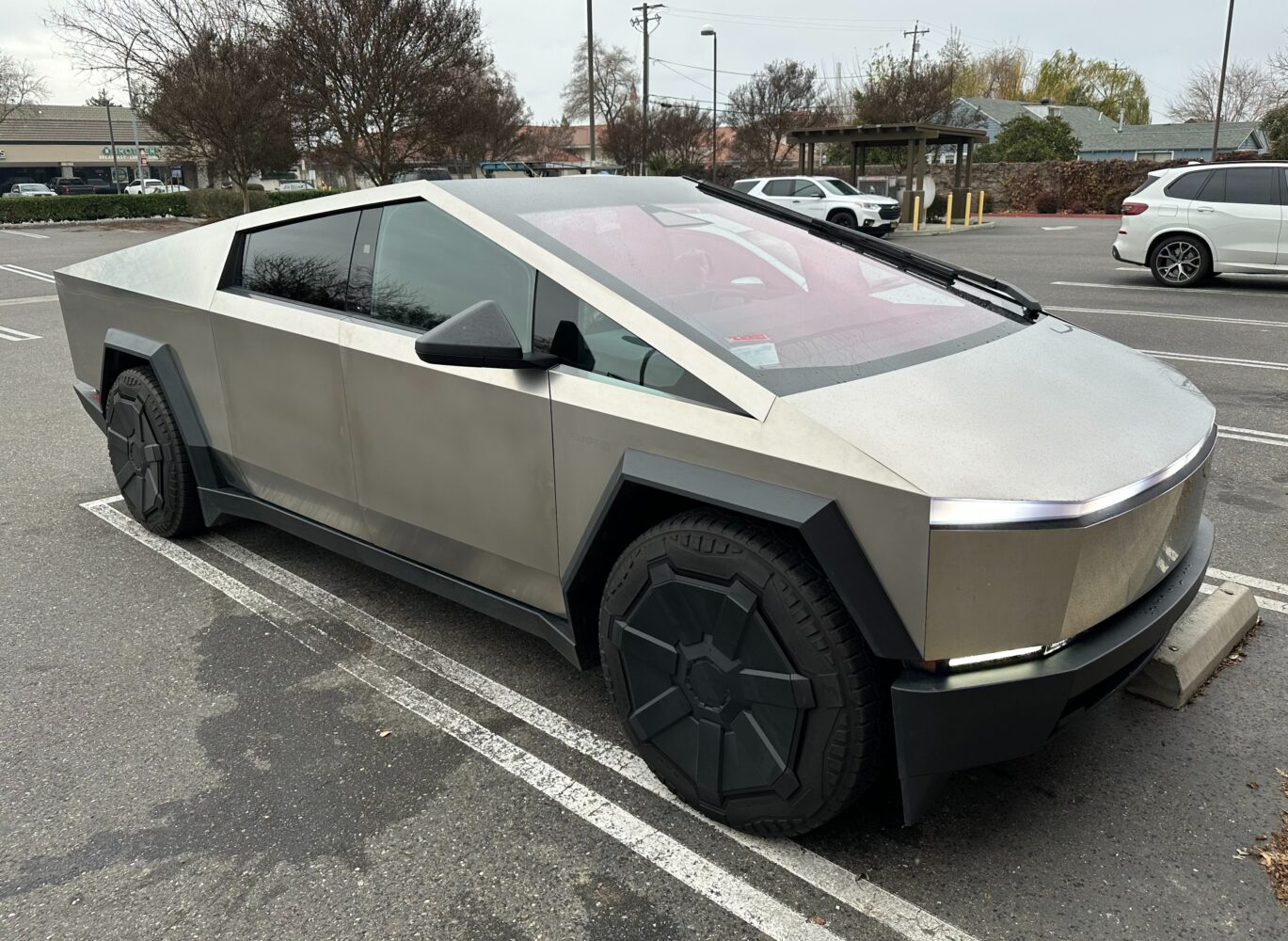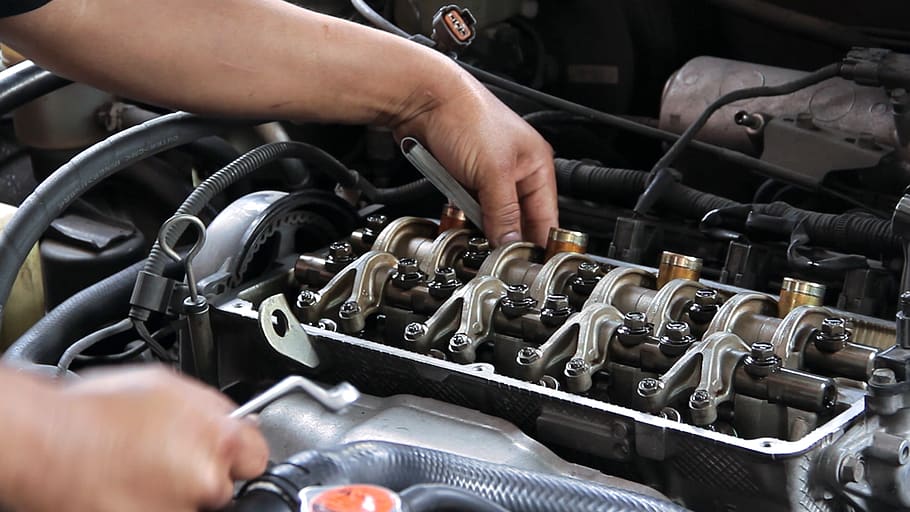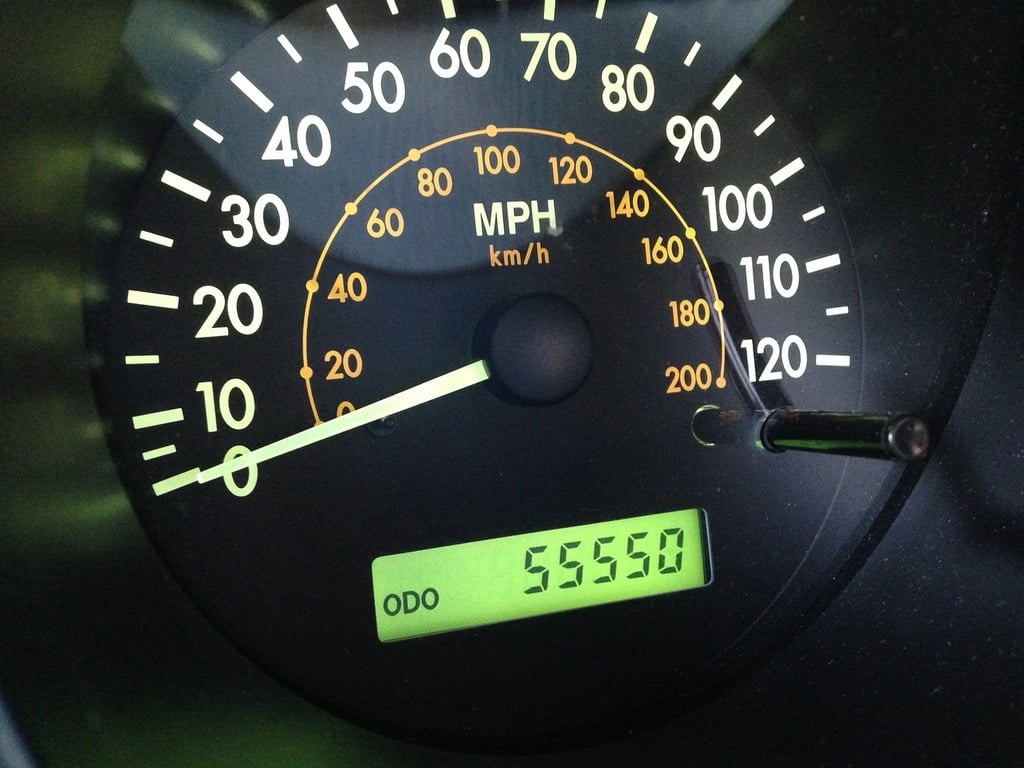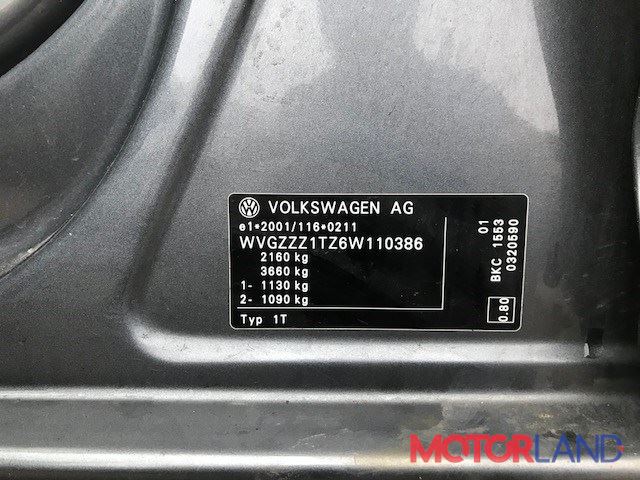Ever burned yourself on a radiator? We’ve all been there. But have you ever stopped to think about why it takes so long for those metal behemoths to cool down? Or, more importantly, how long is too long? This isn’t just about avoiding a singed arm; understanding radiator cool-down times is crucial for everything from efficient heating system management to diagnosing potential problems. We’ll tackle the common questions, debunk the myths, and give you the lowdown on radiator thermodynamics. Buckle up, because we’re diving deep into the surprisingly fascinating world of radiator cooling!
Key Takeaways:
- Radiator cool-down time is affected by several factors, including size, material, water temperature, and room temperature.
- Knowing the typical cool-down time for your radiator can help you identify potential issues like trapped air or poor circulation.
- Simple strategies like bleeding your radiator and optimizing your thermostat settings can improve efficiency and reduce cool-down time.
Understanding the Basics of Radiator Cool-Down
Think of your radiator as a thermal battery. It stores heat from the hot water circulating inside and then slowly releases that heat into the room. The cool-down process is essentially the radiator discharging that thermal energy. Several factors influence how quickly this happens:
- Size and Material: A larger radiator, naturally, holds more heat and takes longer to cool. Similarly, the material matters. Cast iron radiators, for example, are notorious for their slow cool-down times due to their high thermal mass. Aluminum radiators, on the other hand, cool down faster.
- Water Temperature: The hotter the water initially, the longer the radiator will take to cool. It’s a no-brainer, but worth stating.
- Room Temperature: A colder room will encourage faster heat transfer, leading to a quicker cool-down. Think of it like pouring hot coffee into a cold mug versus a warm one.
- Airflow: Good airflow around the radiator helps dissipate heat more efficiently. Blocked radiators will retain heat longer.
Imagine a cast iron skillet fresh out of the oven. It stays hot for ages, right? That’s similar to a cast iron radiator. Now picture a thin aluminum baking sheet; it cools down much faster. The principle is the same.
Importance and Implications
Why should you care about radiator cool-down times? Here’s why:
- Energy Efficiency: A radiator that takes too long to cool down might indicate that your heating system is working harder than it needs to, wasting energy and money.
- Comfort: Uneven heating can be a sign of problems with your radiators. Understanding cool-down times can help you diagnose and fix these issues, leading to a more comfortable home.
- Problem Detection: A radiator that’s consistently cold or takes an unusually long time to cool down could indicate trapped air, sludge buildup, or a faulty valve. Early detection can prevent more serious problems down the line.
Think of it this way: a healthy radiator system is like a well-tuned engine. It operates efficiently and predictably. Deviations from the norm are warning signs that something’s amiss.
Practical Applications and Strategies
Here are some practical steps you can take to optimize your radiator’s performance:
- Bleed Your Radiators: Trapped air is a common culprit for inefficient heating. Bleeding your radiators releases this air, allowing hot water to circulate freely.
- Balance Your System: Ensure that all radiators in your home are heating evenly. You may need to adjust the valves on individual radiators to balance the flow of hot water.
- Optimize Thermostat Settings: Avoid setting your thermostat too high. Overheating your home wastes energy and puts unnecessary strain on your heating system.
- Keep Radiators Clear: Don’t block radiators with furniture or curtains. This restricts airflow and reduces their efficiency.
- Insulate Exterior Walls: Proper insulation helps retain heat in your home, reducing the workload on your heating system.
Common Pitfalls to Avoid:
- Ignoring Cold Spots: Don’t ignore cold spots on your radiators. They’re often a sign of a problem.
- Over-Tightening Valves: Be careful not to over-tighten radiator valves, as this can damage them.
- Neglecting Regular Maintenance: Schedule regular maintenance for your heating system to ensure optimal performance.
Expert Insights
According to Bob Vila (yes, that Bob Vila), “Regular radiator maintenance is key to ensuring efficient heating and preventing costly repairs.” He recommends bleeding radiators at least once a year and having your heating system professionally inspected every two to three years.
Case Study: A homeowner in Chicago noticed that one of their radiators was taking significantly longer to cool down than the others. After bleeding the radiator, they discovered a large amount of trapped air. Once the air was released, the radiator began heating properly, and their energy bills decreased noticeably.
Understanding Radiator Materials and Their Impact on Cool-Down Time
As mentioned earlier, the material of your radiator plays a significant role in its cool-down time. Let’s delve deeper into the most common types:
- Cast Iron: These are the granddaddies of radiators. They’re incredibly durable and retain heat for a long time, making them ideal for maintaining a consistent temperature in older homes. However, their slow cool-down time can be a disadvantage in modern, energy-conscious settings.
- Steel: Steel radiators offer a good balance of heat retention and responsiveness. They heat up and cool down faster than cast iron, making them a more efficient option for many homes.
- Aluminum: Aluminum radiators are the lightweight champions of the radiator world. They heat up and cool down very quickly, making them ideal for systems that require precise temperature control. However, they may not be as effective at maintaining a consistent temperature in larger rooms.
Choosing the right radiator material depends on your specific needs and preferences. Consider the size of your home, your energy efficiency goals, and your budget when making your decision.
Conclusion:
Understanding how long it takes for your radiator to cool down is more than just a matter of avoiding burns. It’s about optimizing your heating system for efficiency, comfort, and longevity. By understanding the factors that influence cool-down time and implementing the strategies outlined in this article, you can ensure that your radiators are working their best.
Frequently Asked Questions:
What is how long does it take for a radiator to cool down?
It’s the time it takes for a radiator to lose its heat after the hot water supply is turned off. This time varies depending on factors like size, material, and room temperature.
Why is how long does it take for a radiator to cool down important for Everyone?
It’s important because it affects energy efficiency, comfort, and the ability to detect potential problems with your heating system.
How can I apply the concepts of how long does it take for a radiator to cool down in my context?
Monitor the cool-down times of your radiators. If you notice significant deviations from the norm, investigate the cause and take corrective action, such as bleeding the radiator or balancing your system.
Where can I learn more about how long does it take for a radiator to cool down?
Consult your heating system’s manual, search online for reputable sources of information, or consult with a qualified HVAC technician.


